
10 minute read
The Welcome Sign is Out
The Welcome Sign is Out
NYSDA’s newest president vows to lead an organization and profession open to all.
The New York State Dental Association welcomes Anthony M. Cuomo, D.D.S., its 143rd president.
ANTHONY CUOMO comes into office with his priorities set. Installed June 3 as the 143rd president of the New York State Dental Association, Cuomo made it clear from the outset that he plans to focus his attention on five issues that he believes will shape the direction of the dental profession. They are:
• Innovation—keeping current with the latest advancements in dentistry and encouraging members to integrate cuttingedge practices into their daily routines.
• Collaboration—building strength by working together; tapping into the collective expertise to develop new ideas, protocols and solutions that will benefit patients and the profession.
• Continuing education—fulfilling a responsibility to stay informed about the latest research, techniques and best practices to provide the highest quality patient care, and expanding programs to ensure members have access to the knowledge and skills they need to excel in their careers.
• Advocacy—championing policies that support access to dental care for all New Yorkers and strengthening efforts to ensure that the concerns of dental professionals are heard and addressed by policymakers.
• Membership growth—expanding membership but also enhancing the diversity of the Association and fostering a more inclusive and supportive community.
Cuomo is adamant about this last point, pledging that as NYSDA President, he will be “committed to promoting diversity, equity and inclusion within our profession.”
“We must strive to create a profession that is welcoming and inclusive to all regardless of race, ethnicity, gender identity, sexual orientation or other characteristics,” he said.
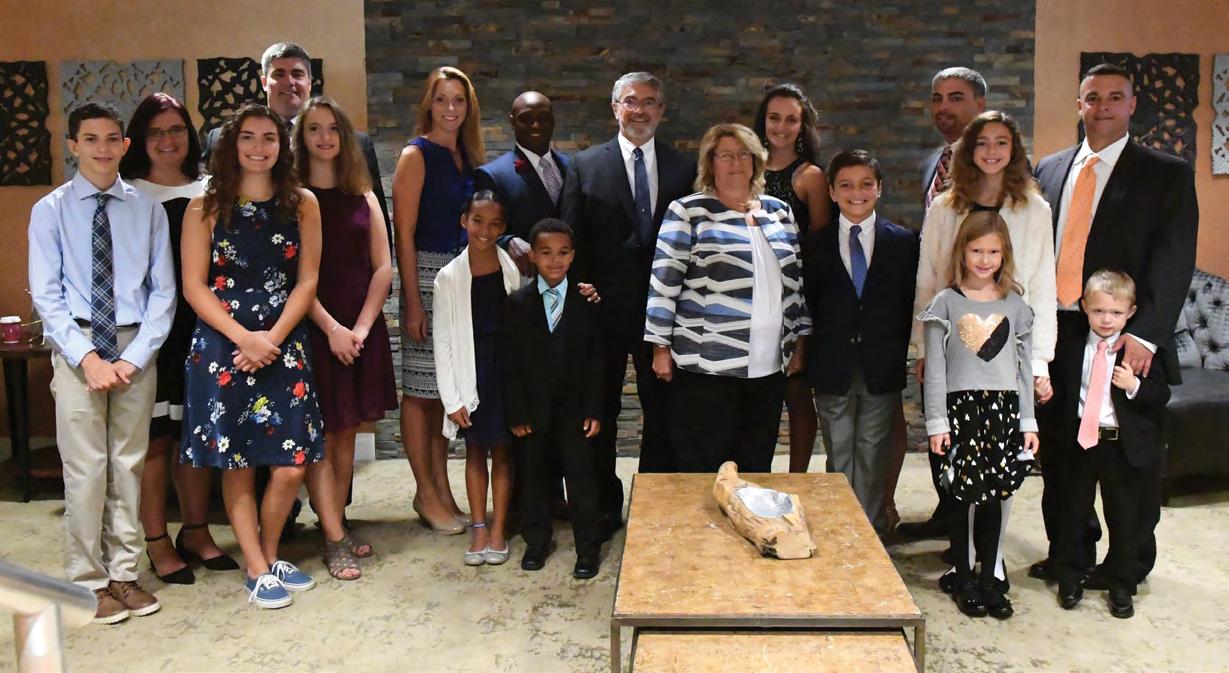
Seize the Moment
Anthony M. Cuomo, D.D.S., brings nearly 50 years of experience as both a dentist and member of organized dentistry to his position as the chief elected officer of NYSDA. He already held a degree in pharmacy from Fordham University when, in 1974, he graduated from NYU College of Dentistry. By 1977, he had completed an internship and residency at Lincoln Hospital in the Bronx and established a practice limited to oral and maxillofacial surgery, with offices in Carmel, NY, and Danbury, CT. He later rebranded his practice Northeast Implant & Oral Surgery when he was joined by son Christopher, D.D.S., M.D.
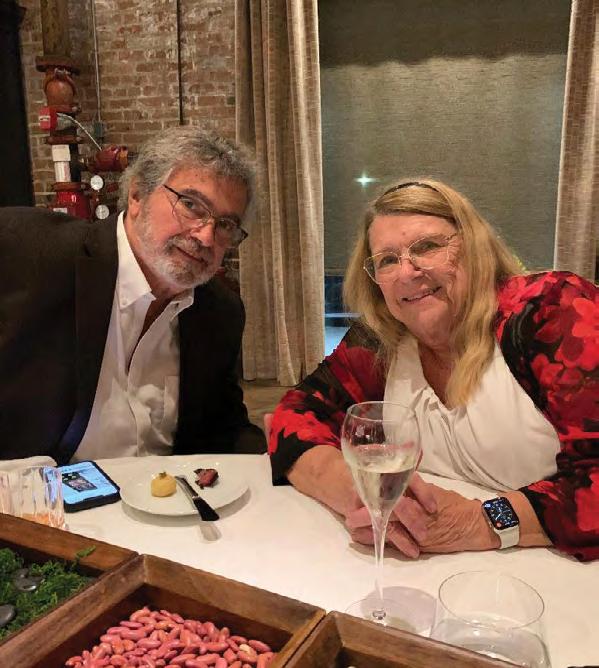
Though now retired, Cuomo remains attuned to the dental profession’s evolution. He believes dentistry is on the threshold of a new era of growth and innovation, which, he said, presents an “opportunity to build a stronger, more resilient and more patient-centered profession that is better equipped to meet the changing needs of our patients and our communities.”
Seizing on that opportunity means continuing to engage in effective governmental advocacy at the local, state and national levels, the NYSDA President said, adding that he is fully committed to working with the Association’s legislative partners and governmental affairs team “to advance policies that promote oral health and expand access to care for all New Yorkers, especially those who are underserved or disadvantaged.”
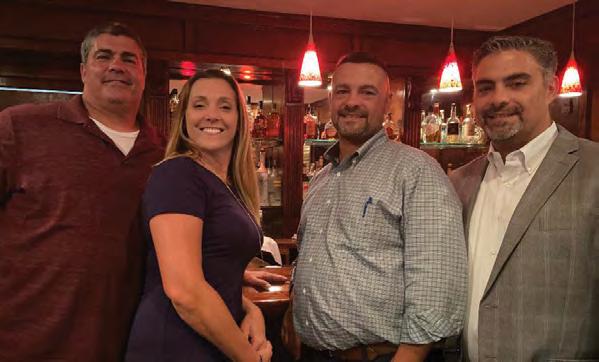

Dedicated Servant
Anthony Cuomo’s commitment to his profession, his patients and to organized dentistry is unequivocal. Prior to his retirement, he was chairman of the dental department at Danbury Hospital and section chief of the hospital’s oral and maxillofacial section. He was also affiliated with Putnam Hospital in Carmel.
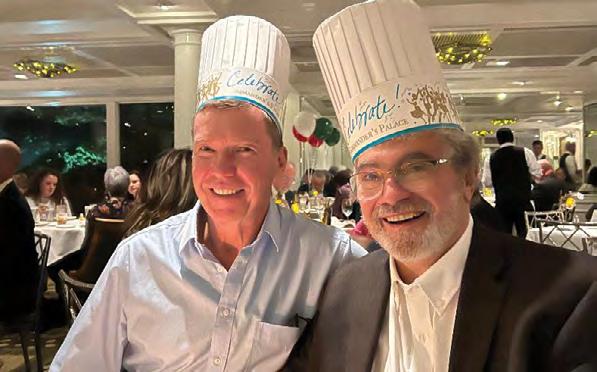
He is past president of the Ninth District Dental Association, Putnam County Dental Society and Greater Danbury Dental Society. A delegate or alternate delegate to the American Dental Association House for over a decade, he also chaired the ADA Committee on Credentials, Rules and Order.
On the state level, in addition to representing the Ninth District in the NYSDA House and on the Association Board of Governors and Board of Trustees, Cuomo served three years as a member and one year as the chair of the NYSDA Strategic Planning Committee.
What follows is more information about Dr. Cuomo, gleaned from a recent conversation.
Where did you grow up?
I spent my premarital years in Yonkers. Then I lived in Uniondale, Long Island, with my wife, Patricia, while attending dental school.
Who are the members of your immediate family?
Patricia Ann Cuomo, RN, is my wife.
My brother, John Cuomo.
My four children and grandchildren. They are:
Anthony Michael Cuomo Jr, married to Shelley, and their three children—Kaylee, Ashley and Nicholas;
Christopher Cuomo and his four children—McKenna, Christopher Jr, Macey and Caden;
Matthew and his three children—Kylie, Keira and Carson;
Nicole (Cuomo) Ferdinand and her husband, Andrew, and their two children—Olivia and Lincoln.
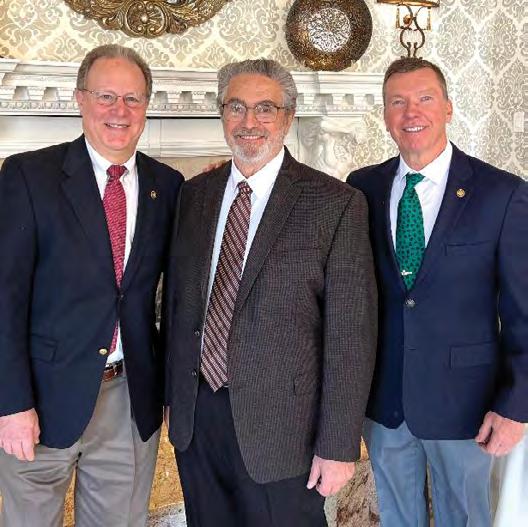
Where did you go to school?
Fordham Preparatory School, Fordham University College of Pharmacy, NYU College of Dentistry.
What are the greatest challenges facing dentistry today and how should the profession respond?
Workforce issues are plaguing all professions and dentistry is no exception. Solving this issue is not as easy as one would think, and correction is not going to occur overnight. First, as in any business, we need to find ways to maximize efficiency and minimize the workload. My four-point plan for turning things around includes the following initiatives.
• Encourage career interest by increasing awareness of dentistry as a profession and promoting it as an attractive career choice.
• Expand training programs by establishing or expanding dental assistant and dental hygienist training programs to meet the growing demand for these roles. And provide financial incentives, scholarships or loan forgiveness programs to attract individuals to these careers.
• Enhance working conditions and job satisfaction for dental professionals. This might include providing competitive salaries, offering comprehensive benefits packages, ensuring reasonable work hours, and promoting a healthy work-life balance. This is difficult to achieve if production is less.
• Advocate for insurance reform for patients so that the cost of proper dental care is not a financial burden on the household. Achieving this will make it easier for offices be more competitive and attractive workplaces. This is accomplished through advocacy, which can only be effective through a strong political action committee, or PAC. This is why it is important for all dentists to belong to organized dentistry, so these changes can occur.
What convinced you that you needed to join organized dentistry? How do we persuade more dentists to join?
For my generation, joining organized dentistry, particularly the ADA, was an obvious choice and a badge of honor. However, perspectives have evolved, especially among younger dentists, who face different challenges and greater expenses compared to when I started practicing. If these dentists don’t already have the inherent desire to become ADA members, it’s crucial that we educate them about the value that membership brings to their practices and professional lives.
To effectively engage and recruit more dentists, it is essential that we convey the message of the tangible benefits that organized dentistry offers. Dentists should be made aware of the resources, support and opportunities available through membership, emphasizing how it can enhance dentists’ practices and elevate the quality of care they provide to their patients.
It is equally important that we actively seek input from younger dentists and understand their specific needs and concerns. By listening to their perspectives, we can better address their business challenges, improve profitability and cater to their evolving professional aspirations. This two-way communication allows organized dentistry to adapt and offer relevant programs, services and advocacy initiatives that resonate with the younger generation of dentists.
Overall, the key to persuading more dentists to join organized dentistry lies in effectively communicating the value proposition of membership, showcasing the benefits and support available, and actively involving younger dentists in shaping the organization to meet their needs. By demonstrating how organized dentistry can contribute to their success, both professionally and personally, we can inspire more dentists to become active participants and advocates for the profession.
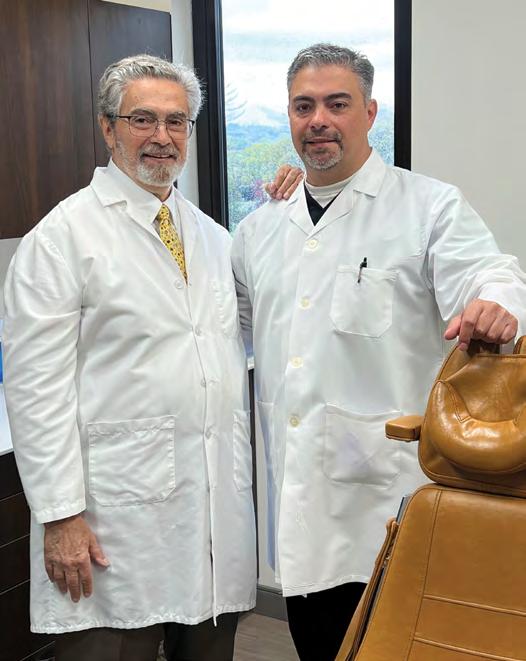
You have expressed interest in working collaboratively with members and stakeholders. How do you propose to do that? Listening and understanding. Actively listening to the perspectives and needs of members and stakeholders. Seeking their input through surveys, focus groups or one-on-one conversations. By understanding their expectations and challenges, you can better tailor initiatives and programs to address their specific needs.
Regular engagement. Maintain regular and meaningful engagement with members and stakeholders. This can include hosting workshops, seminars or conferences where they can network, share experiences, and contribute to the direction and goals of the organization. Encourage collaboration and the exchange of ideas among members.
Collaboration on decision-making. Involve members and stakeholders in the decision-making process. Establish committees or task forces comprising diverse representation to ensure that different perspectives are considered. Allow members to contribute to policy development, program planning and strategic initiatives.
The list goes on. It will take time and for some, not work fast enough; however, if you do nothing you get nothing.
Do you come to this position with an overarching philosophy and, if so, what is it?
My opinion is based on years of seeing the problem and listening to the younger dentists. Change in the way an organization works takes time, especially if the leadership in place has run out of options and things to try. The mentality is changing, and I expect with the right group of young leaders, we can accomplish great things.
Can you be specific about the NYSDA initiatives/activities you would like to continue or begin when president?
I have already spoken with my future officers on this very topic. This year’s mentoring programs will continue to be developed and addressed by Dr. Galati. It was a priority of his, and I want this program to continue and grow. Our officers are committed to staying with this valuable initiative and paying it forward. I will be focusing on ways to cut costs where I see waste and improving opportunities for non-dues income so that we begin to depend less on member dues for the programs we support. I will be tasking our membership committee with some “out-of-the-box” suggestions to consider. I want to plant a seed that will flourish for years to come.
What is your number one priority?
Supporting and growing membership.










